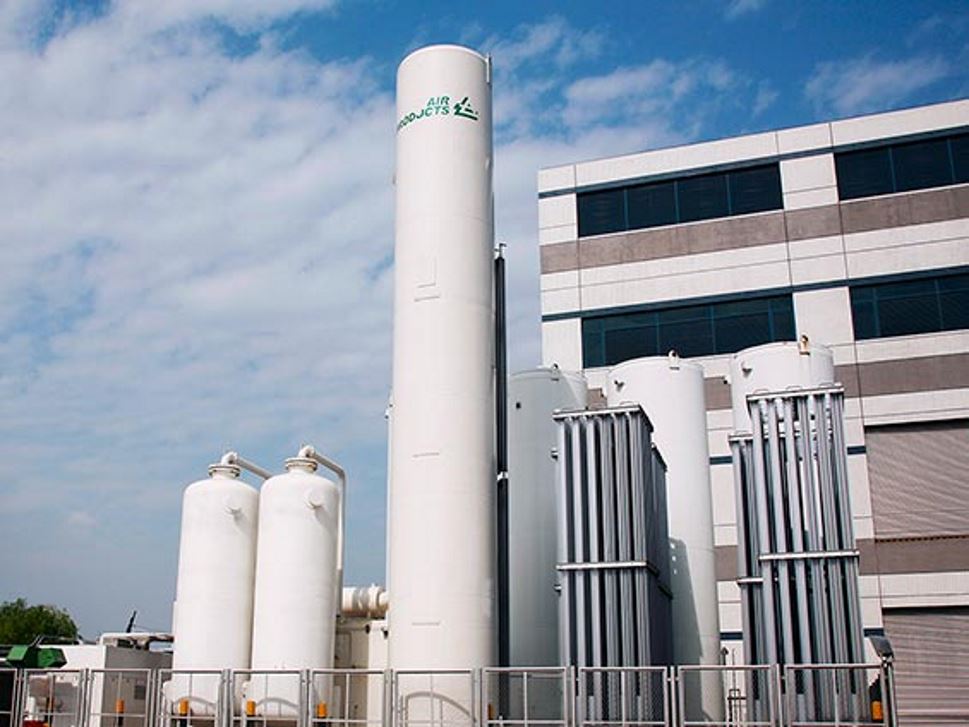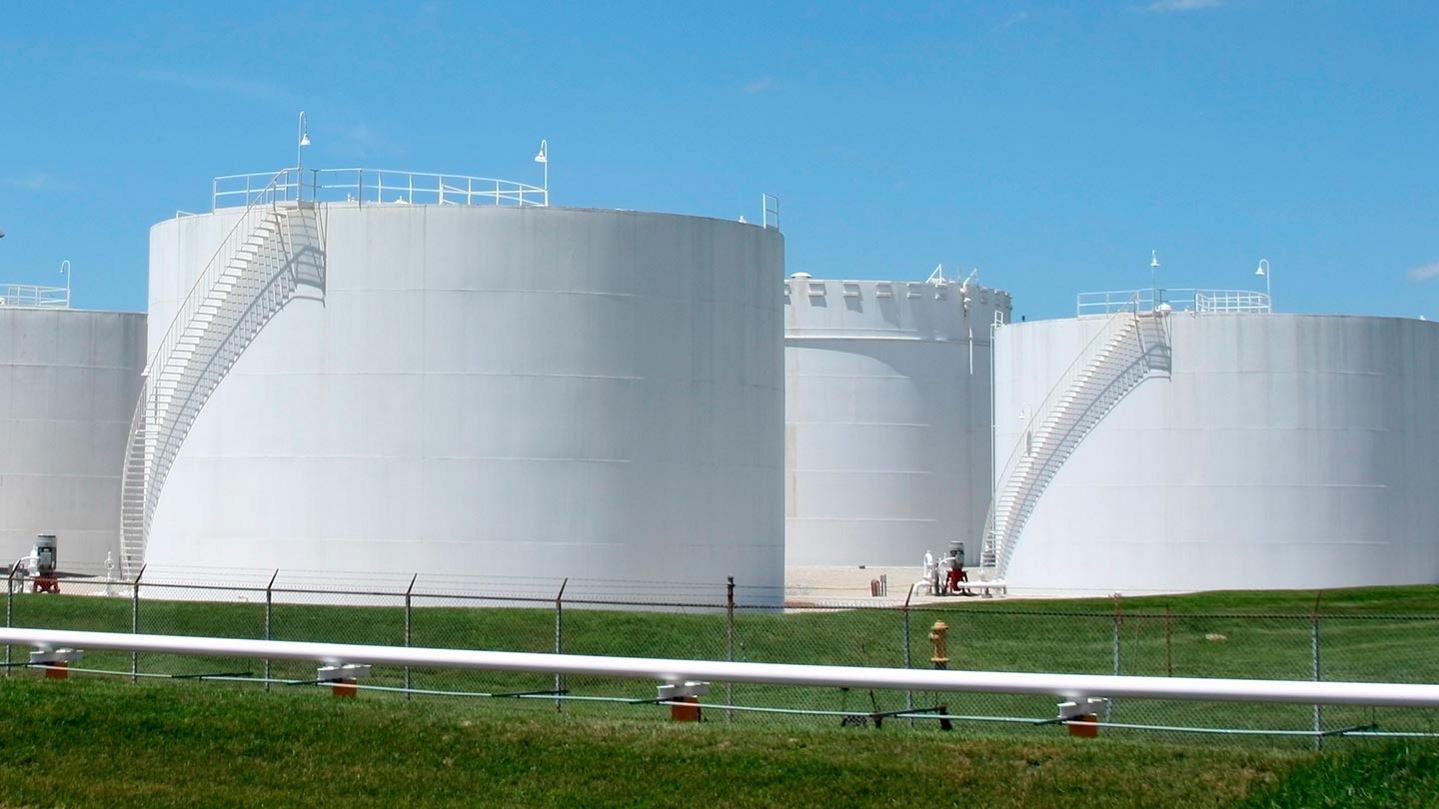
The Benefits of Nitrogen Blanketing/Inerting
- Safety: Protects sensitive materials from fire and explosions with the minimum gas volume
- Controlled critical oxygen concentration (COC) levels: Proprietary software to perform calculations ranging from mixture flammability and COC
- Quality: Increase shelf-life and prevent air and other contaminants from infiltrating and causing degradation
- Range of purity and supply mode options: Your application requirements for purity, usage pattern, volume, and footprint will allow us to recommend the most efficient method of supply
Are you interested in using nitrogen for inerting?
We can help you choose the optimum method to meet your needs while also keeping gas usage to a minimum.
Ask the Expert

Jon Trembley
Technology Manager - Cryogenic Applications
There are many factors that must be considered when designing a nitrogen blanketing system. Understanding the material being stored and type of vessel will help to design an optimized system for your operation. Watch our short video on nitrogen blanketing. (2:45)
Gases
Argon
Compressed argon gas and liquid argon in a variety of purities and in various modes of supply around the world thanks to our network of storage and transfill facilities.
Carbon Dioxide
Our experienced applications teams across the globe can use their industry and application knowledge to provide you with a compressed or liquid carbon dioxide supply and technology solution to meet your unique needs.
Nitrogen
Useful as a gas, for its inert properties, and as a liquid for cooling and freezing. Virtually any industry can benefit from its unique properties to improve yields, optimize performance and make operations safer.
Bulk Supply
Delivered by truck and stored on your site either as a liquid in cryogenic tanks or as a gas in high-pressure tubes based on your volume, desired pressure, purity level, flow rate, and operating pattern.
On-site Gas Generation
On-site gas generation helps sustainability-minded customers lower their carbon footprint, boost energy efficiency, increase throughput, enhance end product quality, and improve environmental performance.
Pipeline Supply
Located in major industrial locations around the world, pipelines offer customers with large product demands a range of benefits, including reliable, safe and flexible supply in a cost-effective way.
